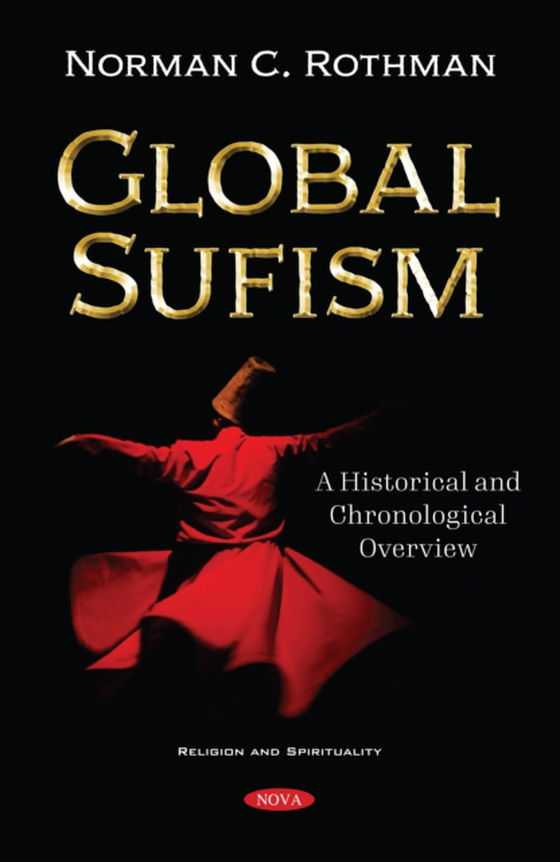
Global Sufism: A Historical and Chronological Overview e-bog
948,41 DKK
(inkl. moms 1185,51 DKK)
This book analyzes the enduring appeal of the Sufi movement. Its first chapter deals with origins of the Sufi movement and then discusses of the various definitions attached to what came to define what would later be called the mystical dimension of Islam. The succeeding chapters deal with its historical development. Under this theme, specific chapters deal with the spread of Sufism during the ...
E-bog
948,41 DKK
Forlag
Nova
Udgivet
20 august 2020
Længde
150 sider
Genrer
HRHX
Sprog
English
Format
pdf
Beskyttelse
LCP
ISBN
9781536177763
This book analyzes the enduring appeal of the Sufi movement. Its first chapter deals with origins of the Sufi movement and then discusses of the various definitions attached to what came to define what would later be called the mystical dimension of Islam. The succeeding chapters deal with its historical development. Under this theme, specific chapters deal with the spread of Sufism during the Middle Ages and early Modern period and how it survived and even thrived during this time. The concluding chapter during this historical section traces its spread beyond the Islamic world and into the West during the contemporary period, The middle chapters examine the appeal of Sufism on a cross-cultural basis around the globe both past and present. In this section, the crucial role that Sufi brotherhoods and lodges have played in the cultures and societies around the world on various continents are detailed. The emphasis is on the key role played by the Sufi orders in terms of community service and outreach activities often directed toward disadvantaged and marginal groups. This section also reviews the basic principles, practices and philosophies of the largest global orders. The final chapter in this section outlines the contributions of Sufism to world culture through literature, the arts and philosophy. The concluding chapters analyze the continued appeal of Sufism to various cultures and societies in both its religious and non-religious versions. They evaluate how Sufism through its adaptability has managed to survive and even thrive in an often indifferent or hostile environment and in the face of trends such as secularism, modernization and urbanization as well as challenges from orthodox traditional advocates of Islam. Another chapter summarizes the various criticisms that have been directed toward Sufi beliefs, and the Sufi response to them. Finally, the concluding chapter restates why Sufism has survived and connects it to a number of factors, particularly its message of inclusion, compassion, tolerance and love-a message with universal appeal. In addition to the usual table of contents and index of terms, an overview and glossary is provided for each chapter.
 Dansk
Dansk

